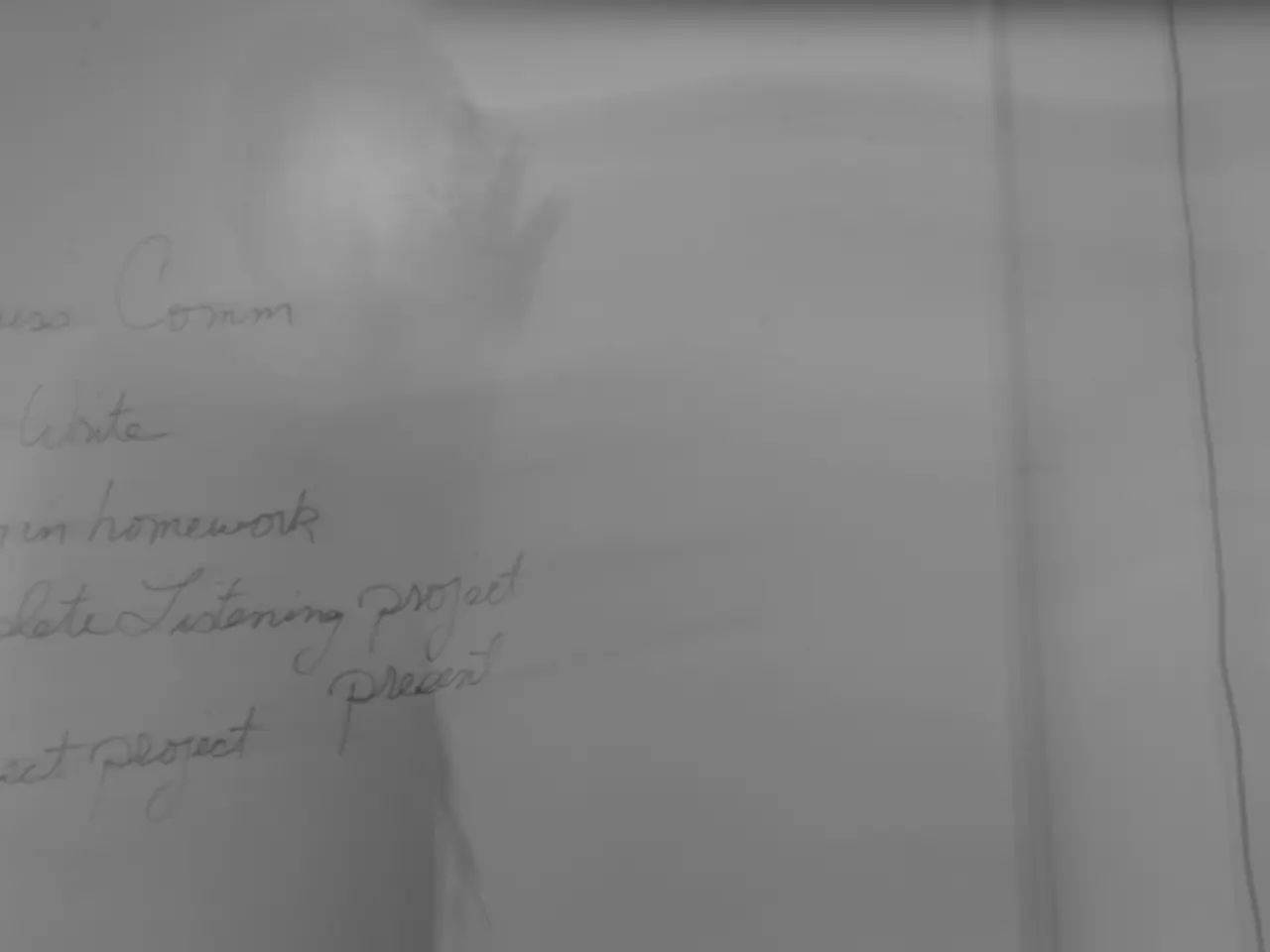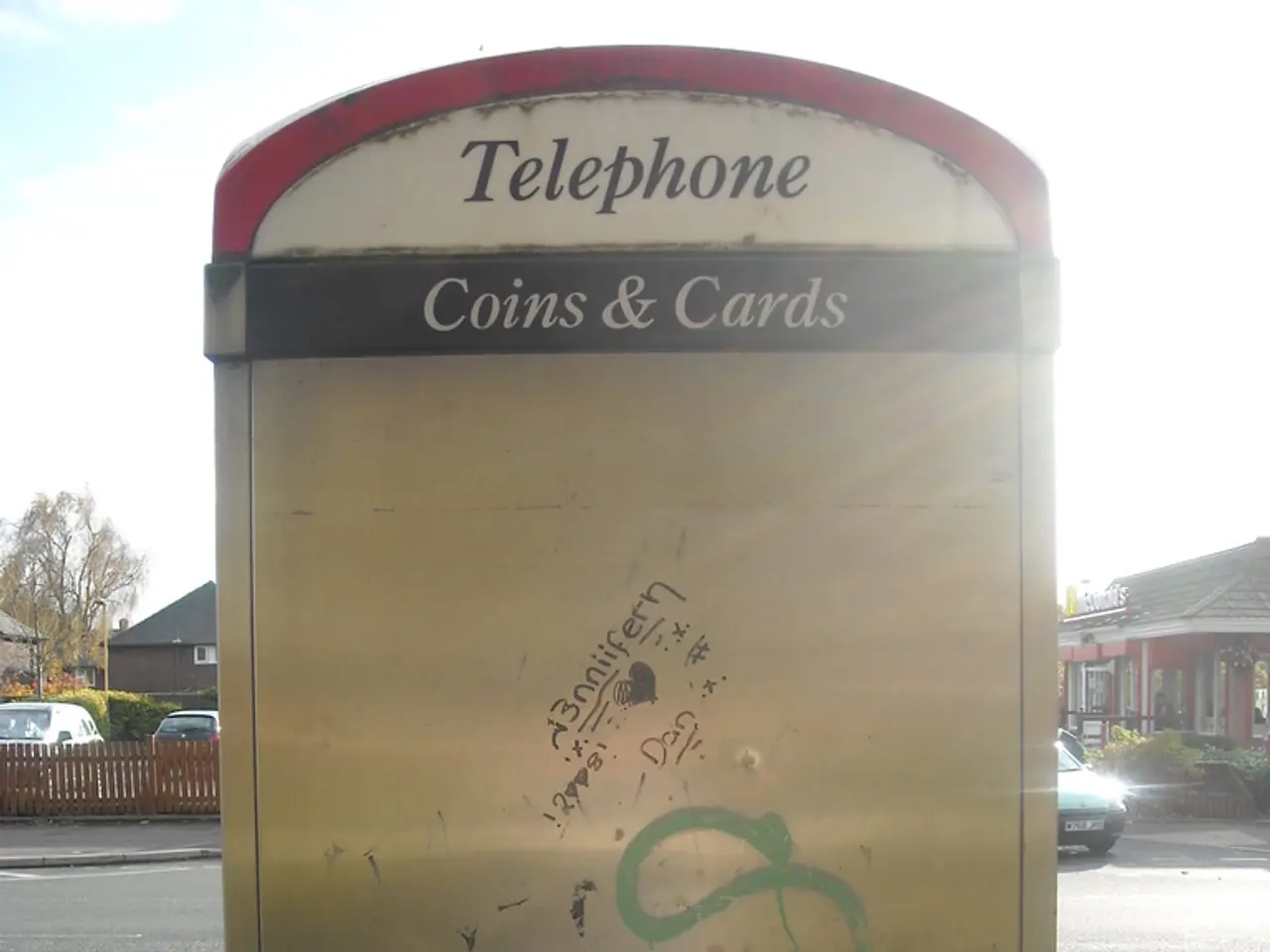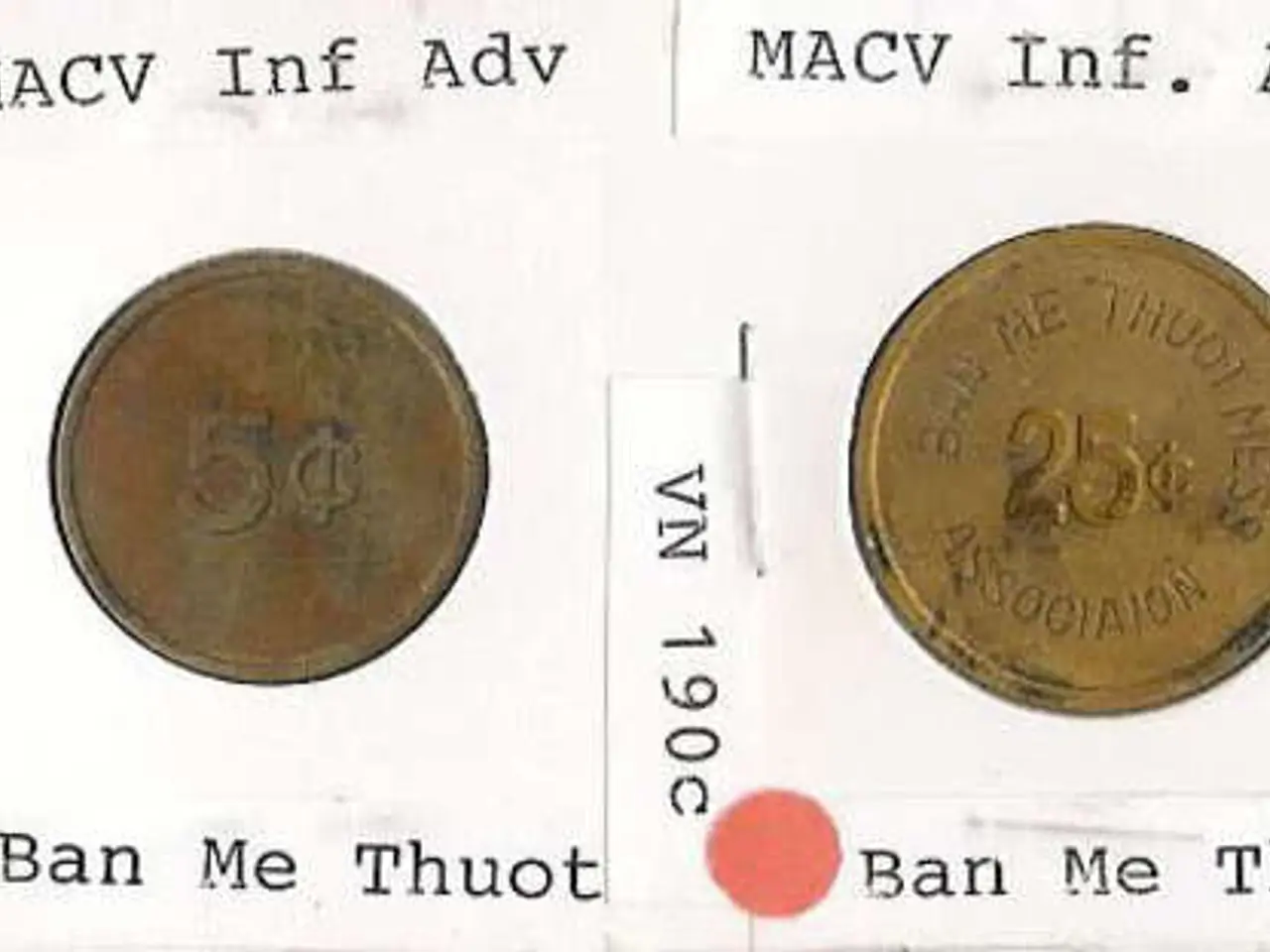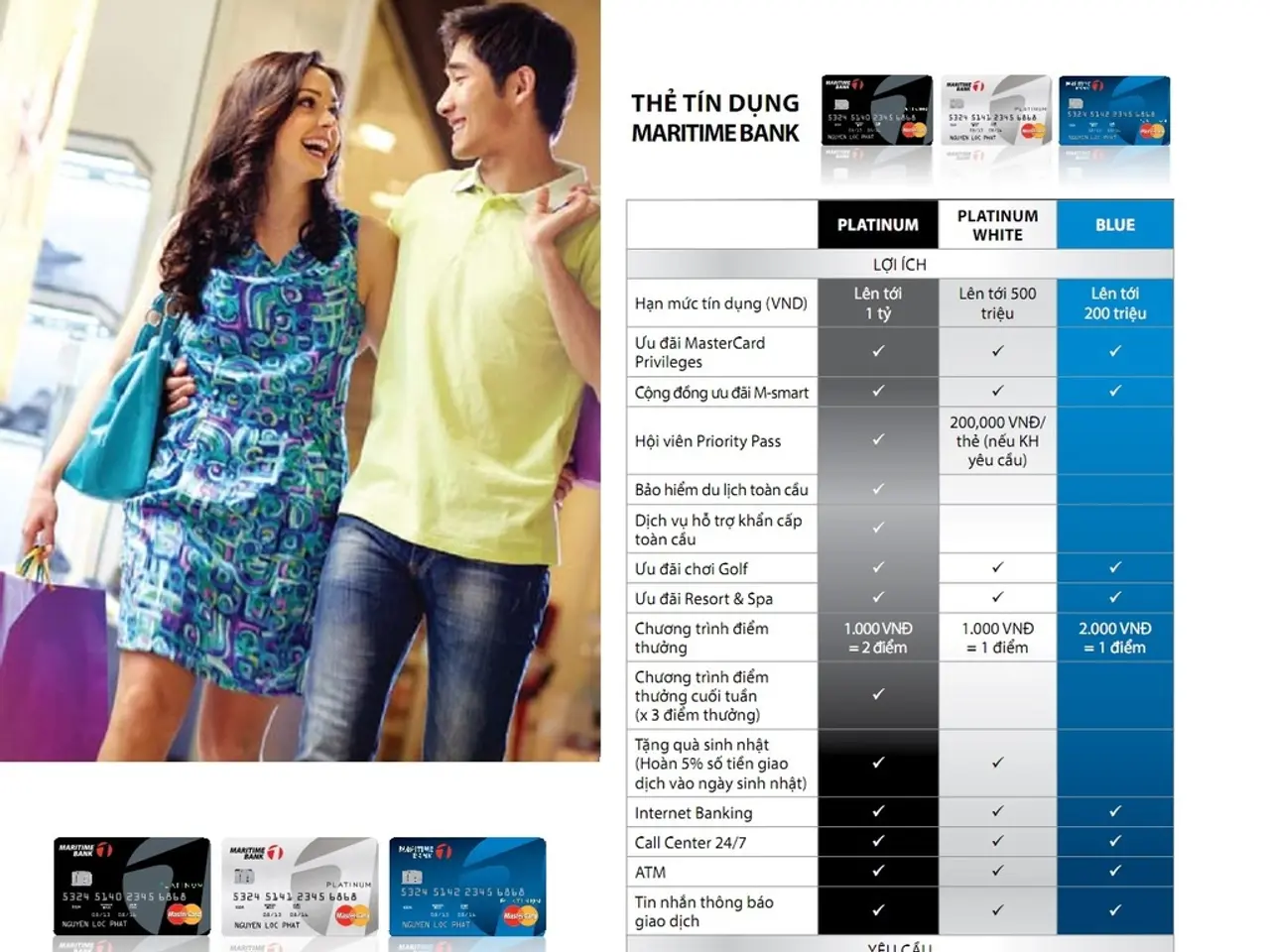Opinion paper discusses the financial burden Fil-Ams are experiencing due to Trump's tariffs on Philippine goods
In a recent meeting at the Oval Office of the White House, President Donald Trump and Philippine President Ferdinand Marcos Jr. finalised a trade deal that has raised questions about its fairness for the Philippines.
The agreement, as reported, sees the Philippines agreeing to pay a 19 percent tariff on goods it exports to the United States, while U.S. exports to the Philippines enter tariff-free under the deal. This 19 percent tariff is a marginal reduction from a previously threatened 20 percent tariff, but higher than the 17 percent rate proposed earlier in 2025.
The Marcos administration views this deal as a compromise that prevented harsher tariff penalties, enabling continued access to the U.S. market for Philippine products. However, the deal reflects significant asymmetry favouring the U.S. side, with American goods such as automobiles, soybeans, wheat, and pharmaceuticals entering the Philippines tariff-free.
Economically, the United States had a bilateral goods trade deficit of about $5 billion with the Philippines on $23.5 billion in trade last year. The new trade terms sustain the tariff barrier for Philippine exports while removing them for U.S. goods, which could reinforce trade imbalances in favour of the U.S.
While there was a slight easing of tariff pressure (a 1 percent reduction from 20 to 19 percent for Philippine exports), the deal largely protected U.S. exporters by providing zero tariffs into the Philippines, representing a relatively better position for the U.S. compared to the Philippines.
The tariff agreement has been criticised by some, including the former U.S. ambassador to the Philippines. The Philippines is increasing imports of soy, wheat, and pharmaceutical products, with unclear tariff details.
It is important to note that the tariff is not a charge on the country but a charge on the American company importing Philippine products. Bongbong Marcos agreed to no tariffs on U.S. cars imported to the Philippines.
In conclusion, the trade deal between Trump and Marcos has resulted in an uneven tariff arrangement, with the Philippines facing a significant tariff barrier for its exports while U.S. goods enter the Philippines tariff-free. The agreement underscores strategic and geopolitical ties but offers limited economic tariff relief to the Philippines.
- The recently finalized trade deal between President Donald Trump and President Ferdinand Marcos Jr. highlights the complex interplay of finance, business, and politics, as the agreement favors the U.S. side, forms part of the policy-and-legislation landscape, and is a subject of general-news discussions.
- The criticisms surrounding the trade deal emphasize the need for careful scrutiny and balanced policy-and-legislation in the realm of finance and business, as the uneven tariff arrangement might exacerbate trade imbalances and potentially impact the economy.




